Fun Sensory Activities
This topical guide will introduce you to important books, videos, and information resources available from the EI Clearinghouse and other sources. Contact us via online form or by phone (1-877-275-3227) to request a resource listed below (or ask your local public librarian). Note that some videos may be viewed online, and journal titles will take you to the publisher’s homepage.
Table of Contents
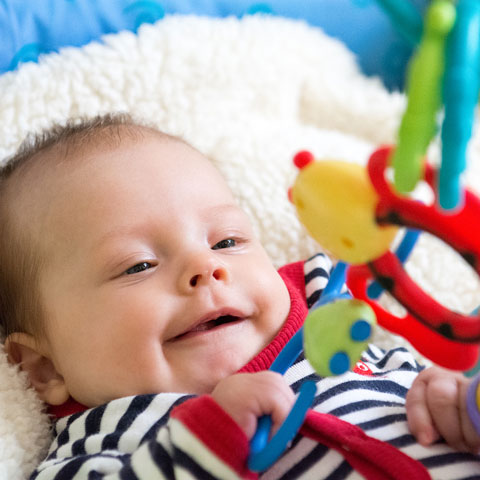
EIC Resources
Books
Complete with dozens of ideas for babies, toddlers, and school-aged children, this book will help your family step away from your devices and step into endless afternoons of playtime fun.
This book explains why unrestrained movement and outdoor play are vital for children’s cognitive development, and offers fun, engaging activities to help ensure that kids grow into healthy, balanced, and resilient adults.
This book has many activities to promote language development at home as well as many other skills necessary for toddlers. This book contains over 280 activities designed to stimulate a toddler’s mind and body using easy to find and inexpensive items.
This book explores common play challenges and intervention techniques to use when you observe children struggling to play. Focusing on large motor and outdoor play activities, this book also includes background information and sensory-integration play tips from an experienced occupational therapist.
This book provides caregivers with ideas for sensory bins using materials already on hand to help develop fine motor and social emotional skills in young children.
Beckerleg describes activities that children find fun while they are improving their sensory awareness, coordination, communication, and social skills. This practical guide includes suggestions for using different types of equipment.
Infants and toddlers learn through investigating, discovering, and experimenting with their surroundings. This book provides ideas to inspire safe loose parts play with your infants and toddlers.
Loose parts are natural or synthetic found, bought, or upcycled materials that children can move, manipulate, control, and change within their play. Alluring and captivating, they capture children’s curiosity, give free reign to their imagination, and motivate learning.
Award-winning author and educator Miriam Beloglovsky advocates for play for play sake and invites early childhood educators and families to see children with diverse abilities’ strengths, recognize them as capable, competent and creative, and listen to their powerful voices. This book addresses the importance of play while providing appropriate accommodation to support young children with diverse abilities
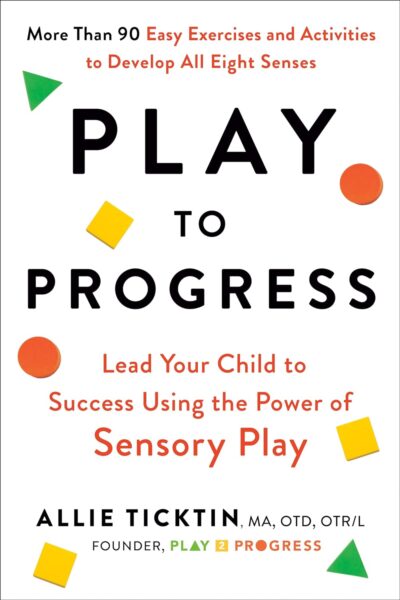
This book discusses the eight sensory systems and how a child uses them, and offers easy, fun activities—as well as advice on setting up a play area—that will encourage their development so that your little one will be better able to respond to their emotions, build friendships, communicate their needs, and thrive in school.
This book for parents and early interventionists contains a collection of reproducible sheets detailing developmentally appropriate activities that enhance the movement, motor skills, and sensory abilities of young children experiencing a developmental delay. It explains the role of physical therapists and uses family-centered, abilities-based models. This book includes theories, clinical applications, and skills for professionals to use.
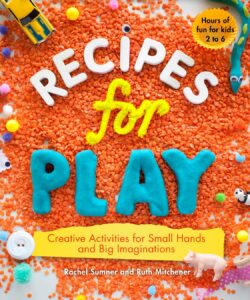
This book contains easy and inexpensive ideas for engaging a child’s senses. It’s a book for parents and teachers – or anyone with a child in their life – who want to encourage tactile learning but don’t want their lives to be controlled by chaos.
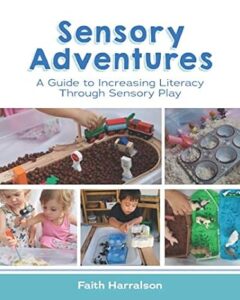
Step inside a world of sensory fun with these thematic activities. Each activity will guide you as a parent, adult, or educator with step-by-step instructions on what supplies you need (most you can obtain around your home or classroom), a scripted message to read, adult tips, and read-alouds that tie in with each activity.
The simple, low-cost activities provide practical solutions to help children meet the demands of any situation, building skills from handwriting and using scissors to improving posture, co-ordination and motor planning.
Sensory Play for Toddlers and Preschoolers is a practical, hands-on guide for parents and educators who want to inject more play into their children’s day! Since this collection features simple sensory play ideas with items you already have in your home, playtime has never been easier.
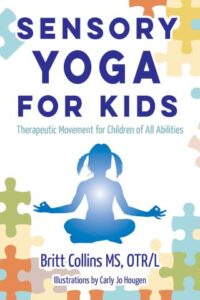
This book shows how to use yoga to bring calm and focus (and exercise!) to kids with special needs. Yoga can help kids with these challenges as it can strengthen their bodies while calming, increase body awareness, and fine-tune coordination skills.
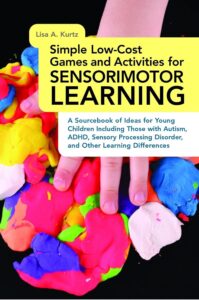
This practical book is packed full of fun, low-cost games and activities that encourage the development of motor skills, coordination and sensory tolerance in young children.
In this handbook, the author discusses 205 different sensory signals, each presented with a description of the different ways a child may experience the signal and with practical ideas to help all children accommodate the specific sensory input. This edition includes an extra section called :Sensory in a nutshell.”
Videos and Media
This video offers insights about how sensory processing disorders make it difficult for many children to function at home and school. Parents and professionals will learn to recognize signs of sensory disorders and will learn practical strategies for coping with them.
This video examines the application of sensory integration principles in a range of natural environments such as the home and community for children with and without special needs.
This video shares a variety of easy to put together play activities for toddlers using common household objects.
Simple, fun activities using common household items to play with your 16 month baby that help to develop hand-eye coordination, balance, fine motor, and memory skills. There is a whole series of videos by Pathways with Baby Games for all different ages.
Watch this video to gain an understanding of sensory integration. This video uses animation to provide information about: the 7 senses, how individuals use sensory information, and possible signs of sensory integration issues.
This video from the United Kingdom’s SenseCharity shares a lot of ideas for using common items you might have around your house to provide different sensory experiences and play exploration activities.
This video shares insights and need-to-know information for families, teachers, and caregivers on sensory
Organizations
This group is offering educational training & informational sessions, access to modes of therapeutic Sensory Integration, ability to provide resources and an opportunity for inclusive socialization.
Articles
Young children use their sense of touch to explore and understand the world in which they live.
Web Resources
Playing with materials such as water can be an important outdoor experience for preschoolers. When children play with water, they can build fine- and gross-motor skills. They can also apply some basic principles of science and engineering.
Many young children attend experiences and events in their community. While theaters, festivals, and parties provide opportunities for learning, fun, and friendship, they can be overwhelming for some.
This blog post discusses the importance of allowing toddlers to freely explore sensory activities that aren’t usually thought of as art, such as water, mud, nontoxic plant materials, and sand.

